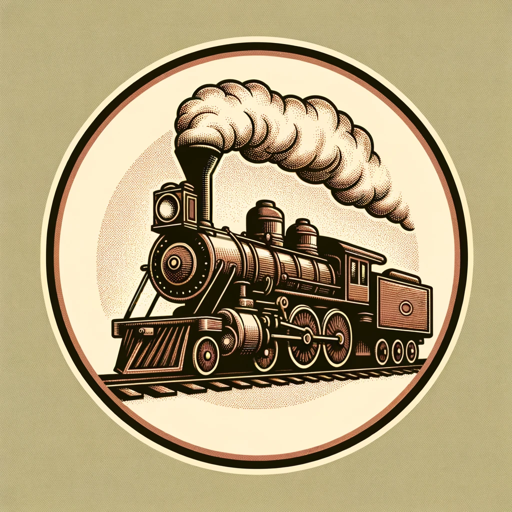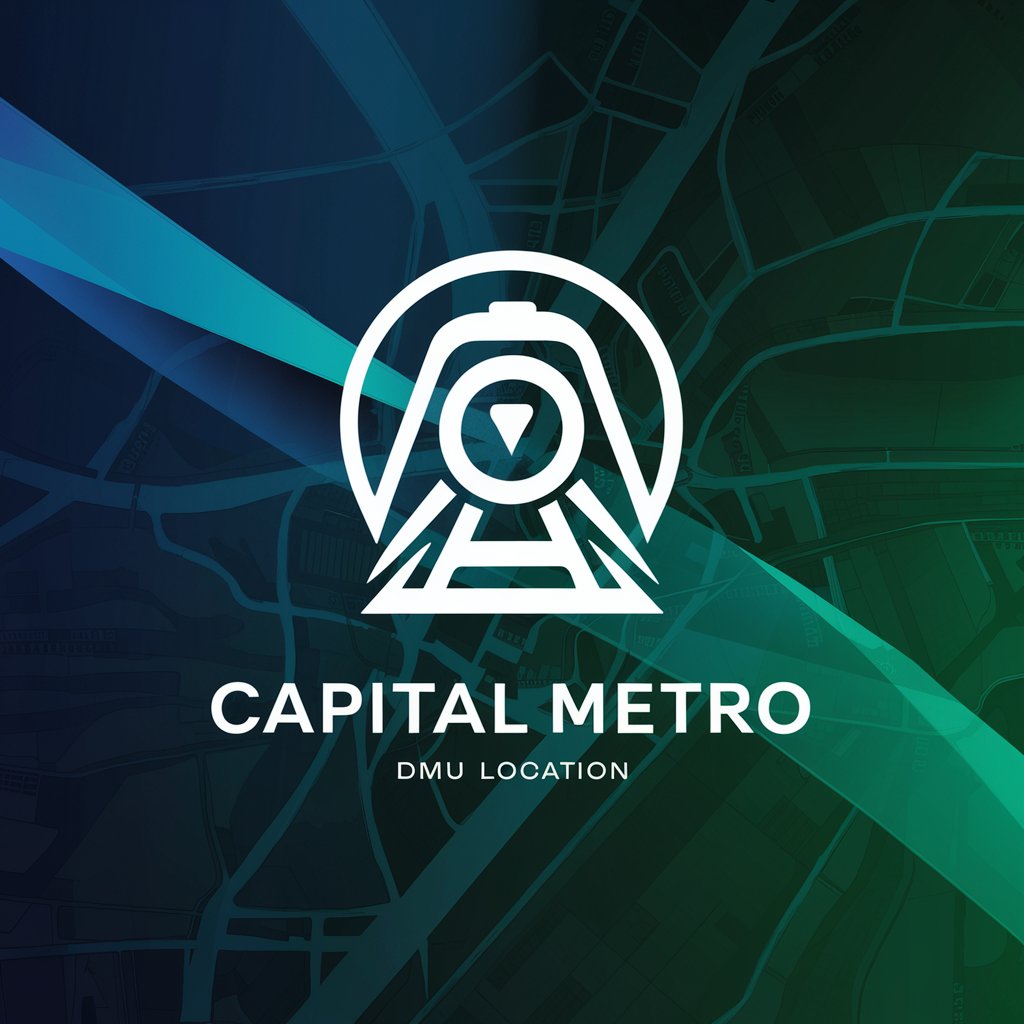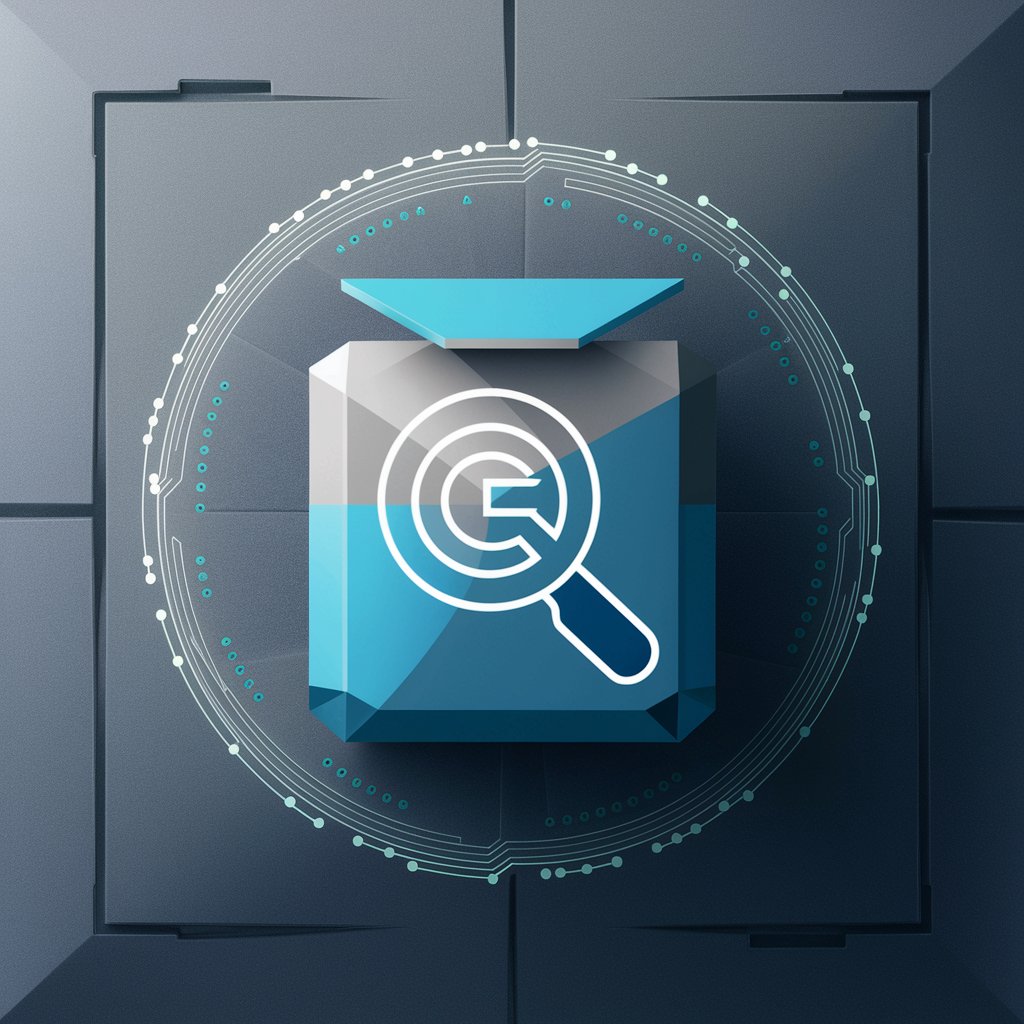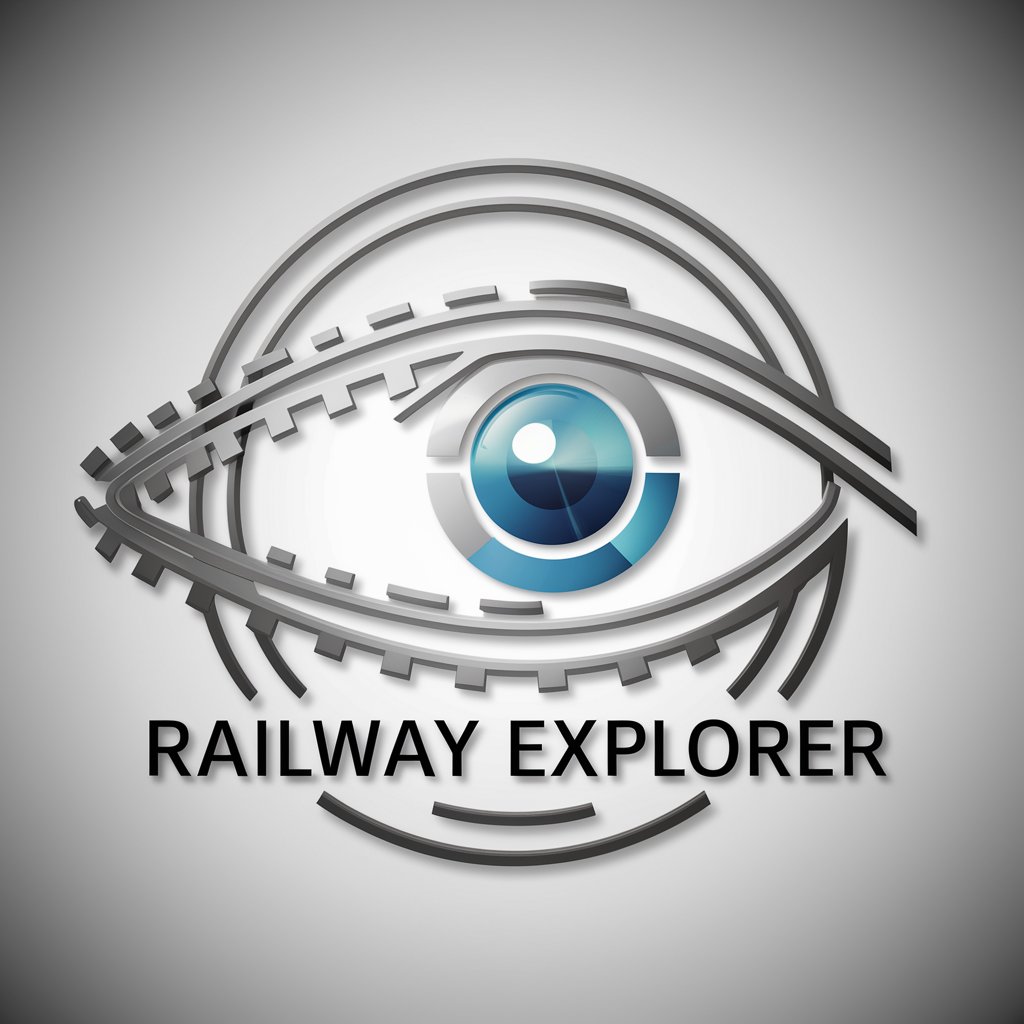
Train Track-er - Comprehensive Railway Insights

Welcome! Ask me anything about trains and railways.
Unlocking Railway Secrets with AI
Can you explain the history of high-speed rail development?
What are the main differences between diesel and electric trains?
Describe the technological advancements in modern railway signaling systems.
How do maglev trains work and what are their benefits?
Get Embed Code
Overview of Train Track-er
Train Track-er is a specialized digital assistant designed to provide in-depth knowledge, technical insights, and engaging information about trains and railways. Engineered with a focus on trains, the platform serves as an exhaustive resource for everything related to railways, including but not limited to, historical evolution, technological advancements, operational mechanisms, and current trends in railway systems worldwide. Train Track-er interprets photos related to trains for detailed analysis, offering insights into train types, railway infrastructure, and operational context. For instance, upon analyzing a photo of a steam locomotive, Train Track-er can provide details about its era, technical specifications, and historical significance. Powered by ChatGPT-4o。

Core Functions of Train Track-er
Detailed Analysis of Railway-related Photos
Example
When presented with an image of a unique train station architecture, Train Track-er can dissect the elements of the design, discuss its historical context, and explain its significance in the evolution of railway station design.
Scenario
An architecture student studying the evolution of railway station designs uses Train Track-er to analyze various stations worldwide.
Technical Insights on Train Systems
Example
Train Track-er explains the workings of the regenerative braking system in modern electric trains, detailing how it conserves energy and contributes to the train's efficiency.
Scenario
An engineering student uses Train Track-er for their research on sustainable technologies in public transport systems.
Historical and Cultural Context of Railways
Example
Train Track-er provides a comprehensive overview of the Trans-Siberian Railway, discussing its construction, economic impact, and role in connecting cultures across continents.
Scenario
A history teacher prepares a lesson on the impact of railways on global trade and cultural exchange, using insights from Train Track-er.
Target Users of Train Track-er
Train Enthusiasts and Hobbyists
Individuals fascinated by trains, whether it be model railways, historic locomotives, or modern high-speed trains, will find Train Track-er a treasure trove of information, enabling them to deepen their knowledge and share insights within their communities.
Academic Researchers and Students
Students and researchers focusing on engineering, transportation, history, or related fields can leverage Train Track-er's comprehensive database for academic purposes, enhancing their studies with detailed insights into the technical, historical, and operational aspects of railways.
Railway Professionals
Professionals working within the railway industry, from engineers to planners, can use Train Track-er as a reference tool to stay updated on the latest technologies, safety standards, and global railway practices, aiding in informed decision-making and innovation in their work.

How to Use Train Track-er
Step 1
Begin by visiting yeschat.ai to access Train Track-er for a comprehensive railway experience without the need for registration or a premium subscription.
Step 2
Familiarize yourself with Train Track-er’s capabilities by exploring the types of questions and analyses it can perform, ranging from historical railway data to modern train technologies.
Step 3
Utilize the tool for specific inquiries by typing questions related to train models, railway operations, history, or engineering aspects for detailed insights and information.
Step 4
For an enhanced experience, include photos related to trains or railways when asking for analysis to receive detailed interpretations and technical evaluations.
Step 5
Explore advanced features by asking for comparisons, technical specifications, and industry trends to stay informed and satisfy both academic and hobbyist interests.
Try other advanced and practical GPTs
Model Train Enthusiast
Elevate Your Model Train Hobby with AI

Green Train
Uncover history and geopolitics with AI

Medi-Train
Elevate your medical skills with AI-driven simulations.

Business Card Creator
AI-Powered Unique Business Cards

Invitation Card
Craft Personalized Invites with AI

Card Crafter
Design Personalized Cards with AI

Virail - Top Train Routes
Explore, Compare, Travel: AI-Powered Train Journeys

Top G
Unleashing Provocative Insights with AI

Instagran Top Expert
Elevate Your Instagram Game with AI

English learning TOP-TOP
AI-Powered English Mastery

Bodybuilding Top Chef
Elevate Your Fitness Journey with AI-Powered Nutrition

TOP NEWS
Your AI-Powered Newsroom

Frequently Asked Questions about Train Track-er
What types of questions can Train Track-er answer?
Train Track-er can provide detailed responses on a wide range of topics including train models, railway infrastructure, historical developments, operational strategies, and technical specifications of railway systems.
Can Train Track-er analyze photographs of trains and railways?
Yes, Train Track-er is equipped with the capability to interpret photographs related to trains and railways, providing technical analysis, historical context, and identifying specific models and features.
How can Train Track-er assist students and professionals?
Train Track-er offers in-depth knowledge and technical insights that can aid students in academic research and professionals in the railway industry with operational, engineering, and strategic planning information.
Is Train Track-er suitable for train hobbyists?
Absolutely. Train Track-er caters to train enthusiasts by offering detailed information on train models, historical facts, model railway setups, and updates on railway events and exhibitions.
How does Train Track-er stay updated with the latest railway information?
Train Track-er leverages a vast database of railway information, constantly updated with the latest developments, research, and technological advancements in the railway industry to provide the most current insights.






